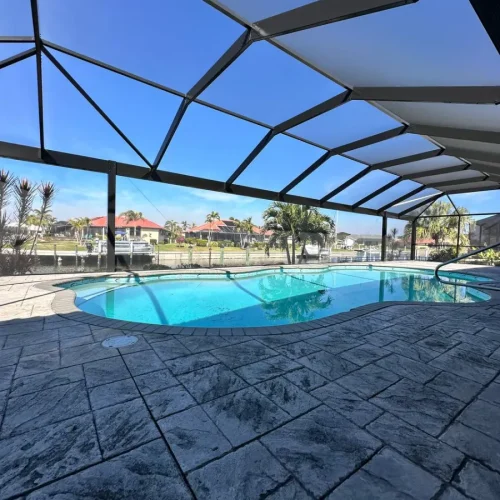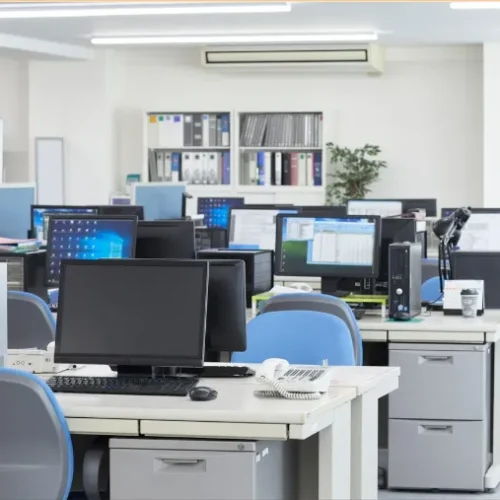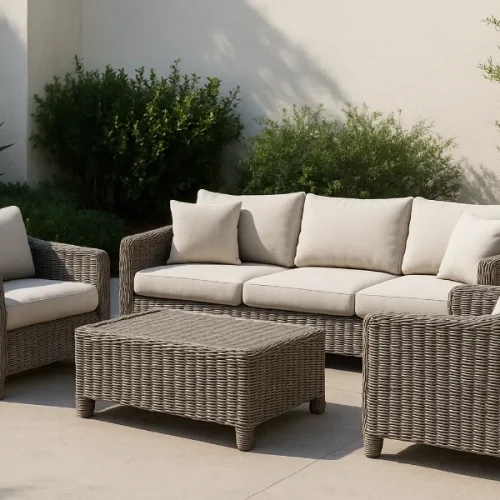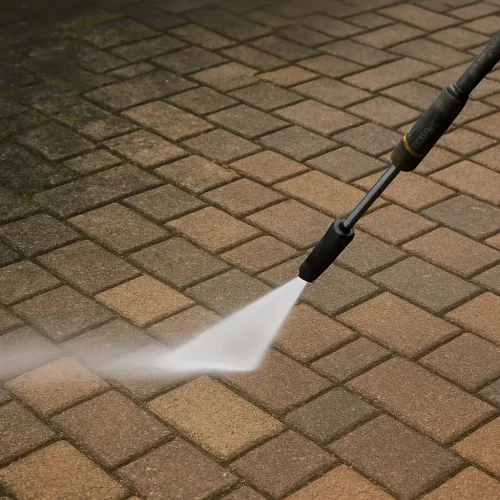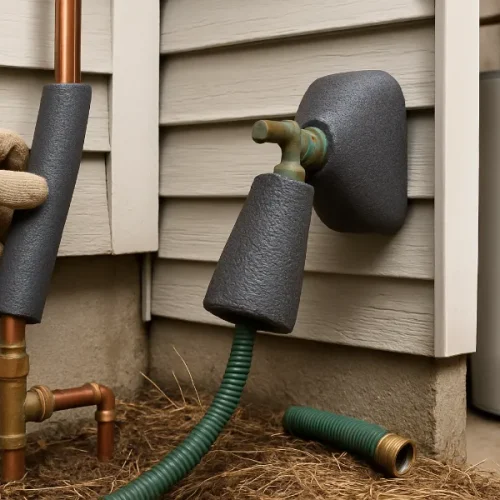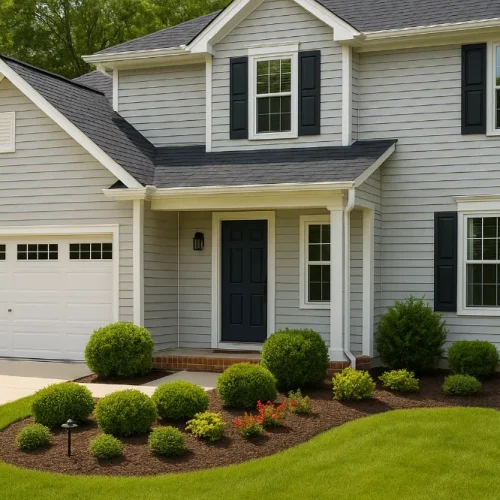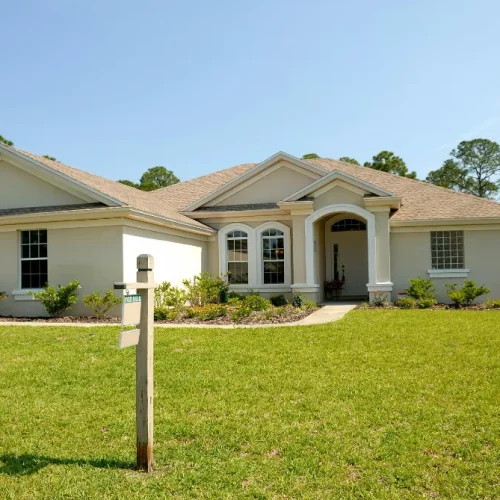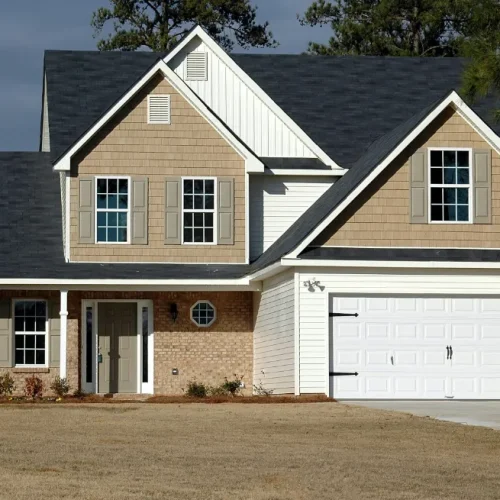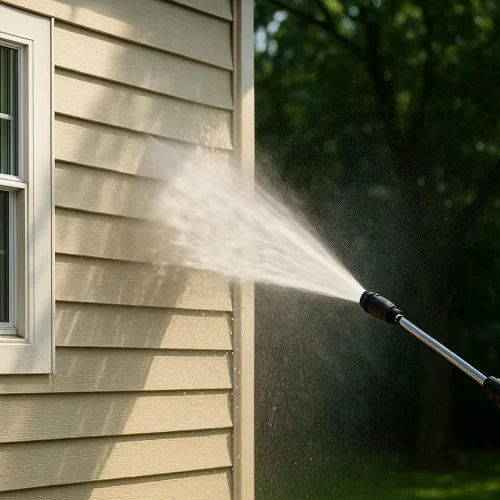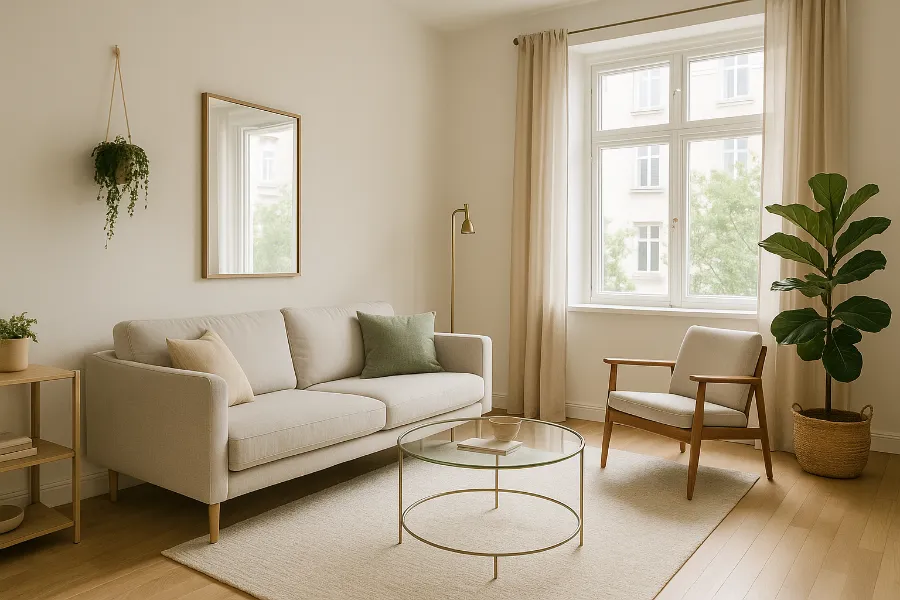
Living in a small space can sometimes feel like wearing shoes that are one size too small. You can make it work, but it’s not exactly comfortable. Small spaces present unique challenges, but with clever design tricks, even the tiniest room can feel surprisingly spacious. Not mansion-big, obviously, but definitely more breathable.
Light Colors That Open Up Your Room
Dark colors look amazing in big spaces, but they can make small rooms feel like caves. Light colors do the opposite – they bounce light around and make walls seem like they’re farther away.
The difference when repainting from dark blue to soft gray can be shocking. It often feels like the walls have physically moved outward. Professional house painters often recommend using lighter shades in smaller spaces for exactly this reason.
Some colors that work particularly well:
- Soft whites (not stark hospital white)
- Light grays
- Pale blues
- Gentle greens
- Cream tones
The ceiling matters too – painting it slightly lighter than the walls can make it seem higher. And don’t forget about trim – white trim against a light wall creates definition without closing in the space.
Mirror Tricks That Actually Work
Mirrors aren’t just for checking if you have food stuck in your teeth. They’re basically magic for small spaces. They reflect both light and the view, which tricks your brain into perceiving more space. A large mirror opposite a window can suddenly make a tiny apartment feel twice as bright. The reflected greenery from outside creates the sensation of having another window.
Try these mirror placements:
- Across from windows
- At the end of hallways
- Behind light sources
- On closet doors
- As a backsplash in tiny kitchens
But don’t go mirror-crazy either. Too many creates a funhouse effect that’s more disorienting than spacious.
Furniture Choices That Save Space
Big, bulky furniture in small spaces is like trying to fit an elephant into a phone booth. Just doesn’t work. The furniture chosen makes a huge difference in how spacious a room feels. Replacing an oversized sofa with a sleeker model can yield what feels like yards of visual space. The room doesn’t actually get bigger, but it suddenly feels that way.
Space-saving furniture options:
- Sofas and chairs with exposed legs (you can see under them)
- Glass or acrylic tables (you can see through them)
- Nesting tables that tuck away when not needed
- Wall-mounted desks
- Platform beds with storage underneath
The principle is simple: the more floor you can see, the larger the space feels. That’s why furniture with legs tends to work better than pieces that sit directly on the floor.
How to Use Vertical Space Better
Most people only use the bottom half of their walls, which is a huge waste in small spaces. When floor space is limited, thinking vertically becomes essential. Installing shelves that go all the way up to the ceiling creates places for books, plants, and decorative items without using any floor space. Custom home builders often incorporate built-in vertical storage solutions in smaller homes to maximize every inch.
Ways to use vertical space:
- Floor-to-ceiling bookshelves
- Hanging planters
- Wall-mounted lighting instead of floor lamps
- High curtain rods (makes ceilings feel higher)
- Vertical art that draws the eye upward
Just remember to keep the heavier visual elements lower, or the space can feel top-heavy and unbalanced.
Storage Solutions That Don’t Show
Clutter is the enemy of space. Even a big room feels cramped when it’s filled with stuff. In small spaces, hidden storage is your best friend. An ottoman with storage inside means the living room can look bigger because all the blankets and magazines have a place to hide. The room isn’t any bigger, but it feels that way because the visual noise is gone.
Hidden storage ideas:
- Beds with drawers underneath
- Coffee tables with storage compartments
- Hollow ottomans
- Under-stair cabinets
- Behind-door organizers
The goal isn’t just to hide things away; it’s to create a system where everything has its place, so clutter doesn’t accumulate in the first place.
The Right Lighting for Small Rooms
Bad lighting can make even large spaces feel cramped and uncomfortable. In small rooms, good lighting is absolutely essential. Replacing a single overhead light with multiple light sources at different heights can completely transform a room. The space feels more nuanced and somehow larger.
Lighting tips for small spaces:
- Use multiple light sources instead of just one overhead light
- Include task lighting where needed
- Wall sconces save precious table space
- Uplighting creates the illusion of height
- Avoid heavy, bulky lampshades
Natural light is also crucial; keep windows clean and use light, sheer curtains that don’t block sunlight.
Floor Plans That Flow Well
How furniture is arranged matters as much as what furniture is chosen. Poor traffic flow makes spaces feel cramped and awkward. Rearranging furniture to create a clear path can immediately make a space feel more spacious, even without removing a single item.
Guidelines for better flow:
- Create clear pathways (at least 30 inches wide)
- Don’t block natural traffic patterns
- Avoid pushing all furniture against walls
- Create conversation areas
- Consider the view from the doorway
Sometimes removing one piece of furniture makes the whole space work better. Be ruthless; if it doesn’t serve a purpose, it doesn’t belong in a small space.
What to Avoid in Tiny Spaces
Sometimes knowing what not to do is as important as knowing what to do. Certain design choices are guaranteed space-killers.
Things to avoid:
- Tiny area rugs (they chop up the floor visually)
- Too many small decorative items (creates visual clutter)
- Blocking windows with furniture
- Heavy, dark window treatments
- Too many different colors or patterns
Replacing several small rugs with one large one can instantly make a space feel more cohesive and larger. Small spaces don’t have to feel cramped. With thoughtful design choices, even the tiniest room can feel open, airy, and welcoming. The trick is being intentional about every element from color to furniture to lighting. Small changes can make a surprising difference in how spacious a room feels. And sometimes, it’s about what you take away rather than what you add.
FAQs
Light colors reflect more light, which creates an airy, open feeling and visually pushes the walls outward.
Yes. Mirrors reflect light and scenery, making the room feel brighter and appear wider.
Choose furniture with exposed legs, slimmer silhouettes, and multi-use features to keep the room visually open.
Using shelves, tall curtains, and wall-mounted storage draws the eye upward, making ceilings seem higher.
Generally yes, as dark shades can make a room feel closed in. Softer, lighter tones feel more spacious.
Use multiple light sources at different heights to create depth and avoid harsh shadows.
Very important. Clutter makes even large spaces feel cramped; hidden storage helps maintain openness.
Not always. Floating furniture slightly inward can improve flow and make the space feel more intentional.
One large rug unites the space visually, while several small rugs break the room into smaller sections.
Light, sheer curtains or blinds that allow natural light to flow in keep the room bright and inviting.


